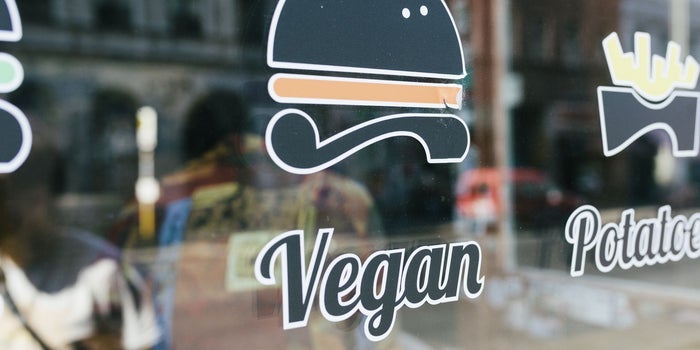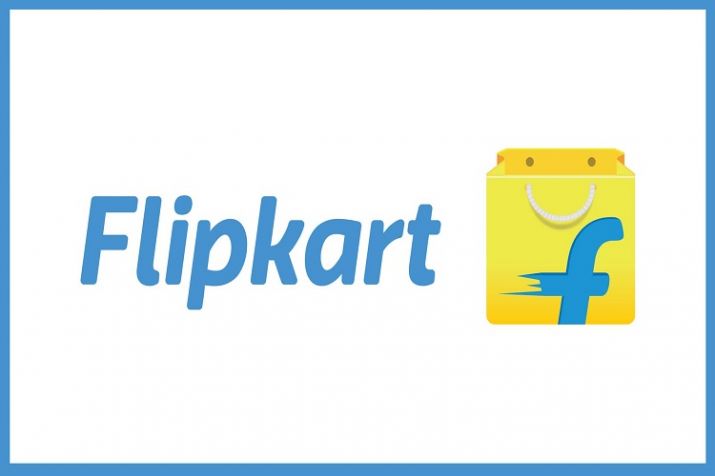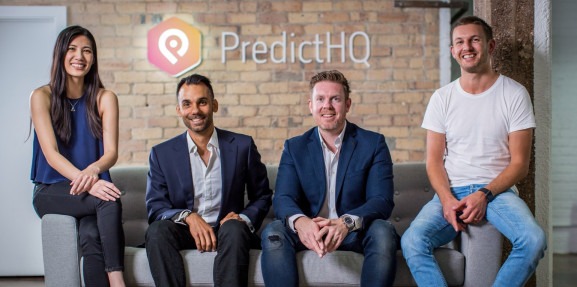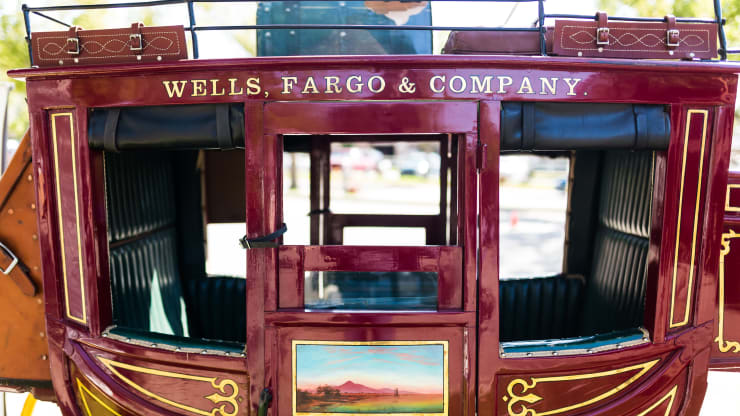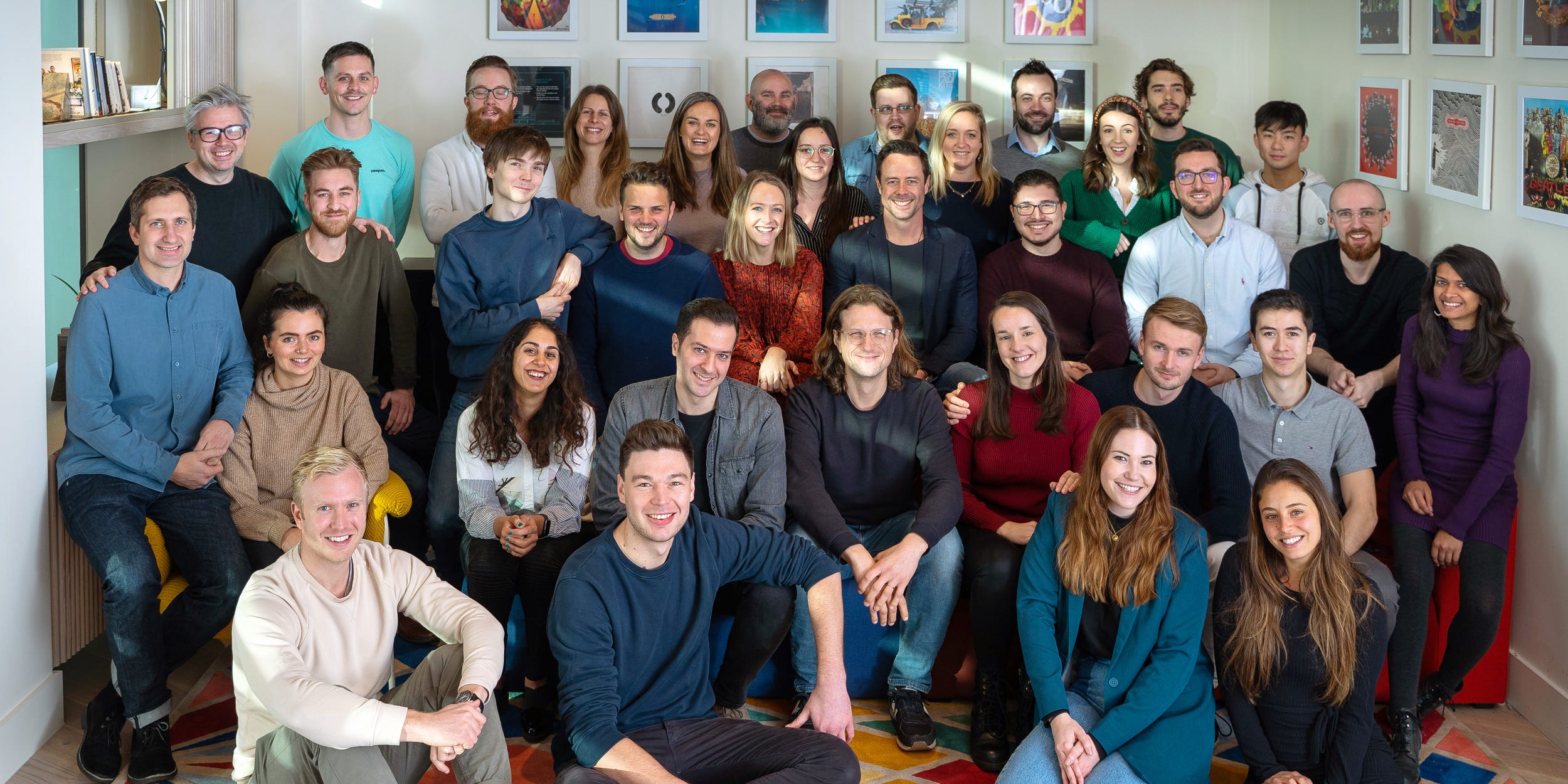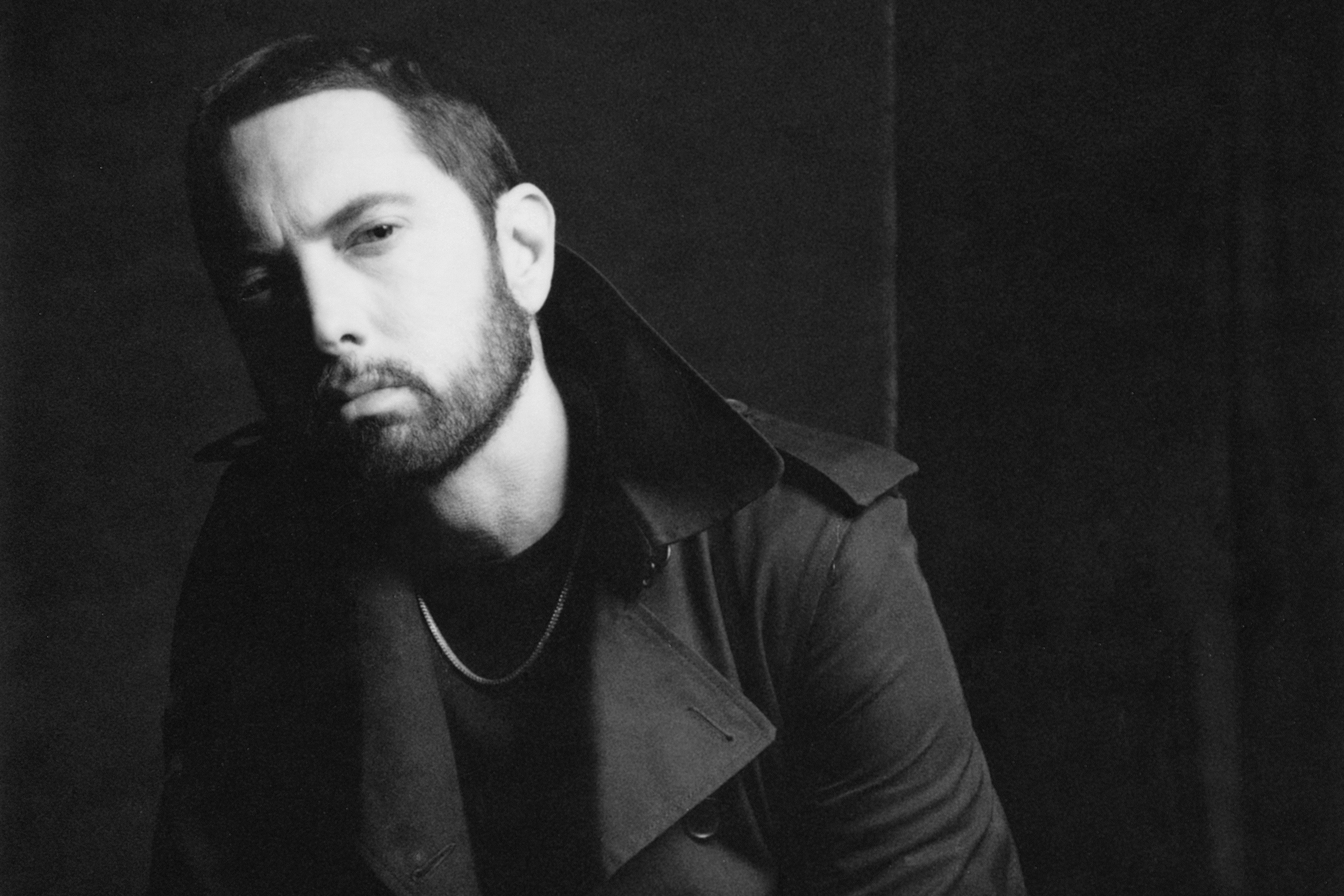Learn from today’s most disruptive and legendary brands. Secure your pass for the Challenger Brands Summit, a Brandweek Event, Mar. 4-5 in NYC. Learn more.
With store closures, one-day shipping wars between Amazon and Walmart, the ongoing tariff debacle with the U.S. and China and multiple CEO shakeups, 2019 was yet another volatile year for the retail industry.
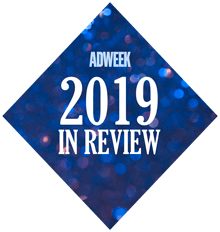 Click here to read more.
Click here to read more.
The industry saw some gains as well, with numerous acquisitions of digitally native brands and more store openings such as in the Hudson Yards mall development.
Let’s look back at 2019 to see some of the biggest news that defined the past year.
Some of the biggest store openings
While plenty of store closures happened this year—9,302 as of December 13, 2019—new developments opened big doors. Hudson Yards in New York flashed its seven-story mall dubbed “The Shops at Hudson Yards” in March, with legacy retailers such as Neiman Marcus finally arriving in the Big Apple. Other notable openings included Nordstrom’s homecoming to New York in October, with 320,000 square feet devoted to its usual offerings, tailoring services and direct-to-consumer brands. The long-awaited (and ill-fated) American Dream mall also opened that month, with its first retail outpost finally opening for business on December 16.
Other digitally native retailers are expanding footprints as well, with Glossier testing out numerous pop-ups across the country and the pond, Everlane opening stores in Williamsburg and Los Angeles, and Neighborhood Goods landing its second store in New York’s Chelsea Market. Per Coresight Research, 4,392 stores have opened up this year so far—more than this time in 2018.
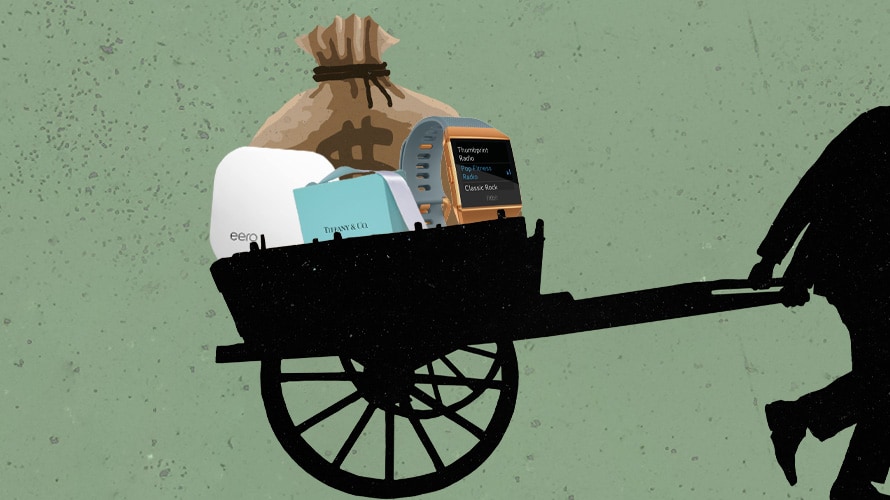
M&A is still strong and well
Plenty of surprise—and welcome—acquisitions occurred this year. One of the biggest deals included LVMH acquiring Tiffany & Co. for $16.2 billion in November.
In the beauty industry, Shiseido acquired Drunk Elephant, a cult favorite skincare brand, for $845 million in October. Unilever bought Tatcha for a reported $500 million.
Over in the digitally native brand space, Wacoal Industries bought lingerie brand Lively for $85 million. In November, PayPal shocked the industry by acquiring popular shopping coupon and rebate extension Honey Science Corporation for $4 billion. Meanwhile, clothing subscription brand Le Tote acquired Lord & Taylor for $100 million and brought back the famed store to New York for a short pop-up.
Other industries saw shakeups as well, with McDonald’s acquiring Dynamic Yield to help with the QSR giant’s ongoing digital transformation. Google, long struggling with its own wearable ambitions, bought Fitbit for $2.1 billion in November. Google wasn’t the only tech giant in the M&A game. In March, Amazon acquired WiFi router company Eero with the terms of the deal undisclosed.
Shopify continues to dominate
It was yet another big year for the ecommerce platform, with Shopify reaching 1 million merchants in late November. At the company’s annual developer conference in June, the platform furthered its plans to become more than just an ecommerce platform with the rollout of the Shopify Fulfillment Network (SFN). Not only is the fulfillment network a move to compete with Amazon, but it provides another channel for businesses to ship orders—without the dangers of working with Amazon as a 3PL. Also that month, Shopify announced Shopify Email, its own email service provider to compete with the likes of Mailchimp and offer merchants a customizable solution to ramp up its email marketing.
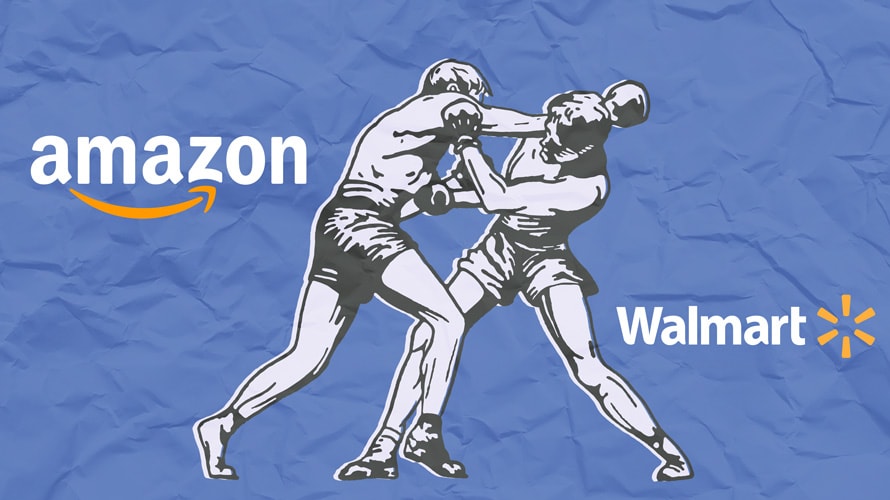
One-Day shipping wars
Amazon remains the thread that unites all retailers, whether it’s out of fear and competition or a necessary evil to work with. In April, Amazon announced Amazon Prime Members now get one-day free shipping, as opposed to two-day shipping. Walmart, not to be left behind, announced free next-day shipping in May—without any membership fee. It’s the ongoing war between the two retailers, competing on every front from ecommerce, to third-party marketplaces to grocery. While one-day shipping will end up costing Amazon $4 to $5 billion to implement, analysts points to numerous Amazon investments in first and last-mile delivery they say will ultimately pay off as it stops outsourcing of its logistics to other parties.
Other similar trends, such as buy-online-pickup-in-store (BOPIS) is on the rise, with players like the Home Depot, Lowe’s, and Target seeing it pickup. According to Adobe Analytics, BOPIS grew 40.9% year-over-year during Cyber Weekend and Monday, with 20% of consumers more likely to buy something with a retailer that enables BOPIS. (READ MORE)
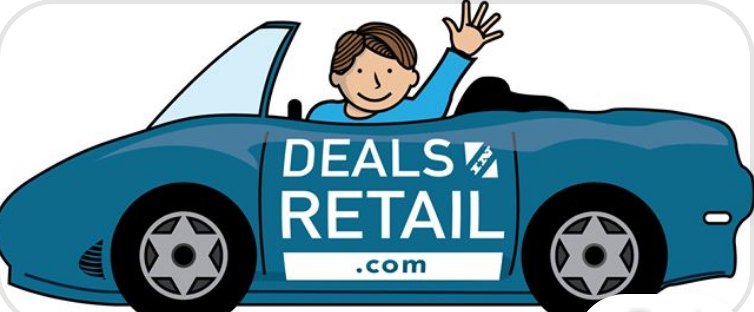
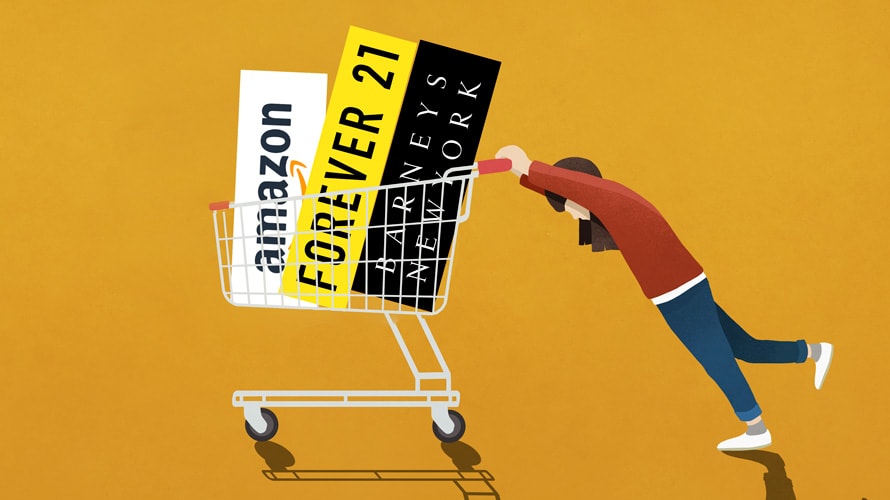


![[Funding Alert] Facebook, Others Back Edtech Start-Up Unacademy In $110 Mln Funding Round - deals in retail](https://dealsinretail.com/wp-content/uploads/2020/02/Funding-Alert-Facebook-Others-Back-Edtech-Start-Up-Unacademy-In-110-Mln-Funding-Round-deals-in-retail.jpeg)
